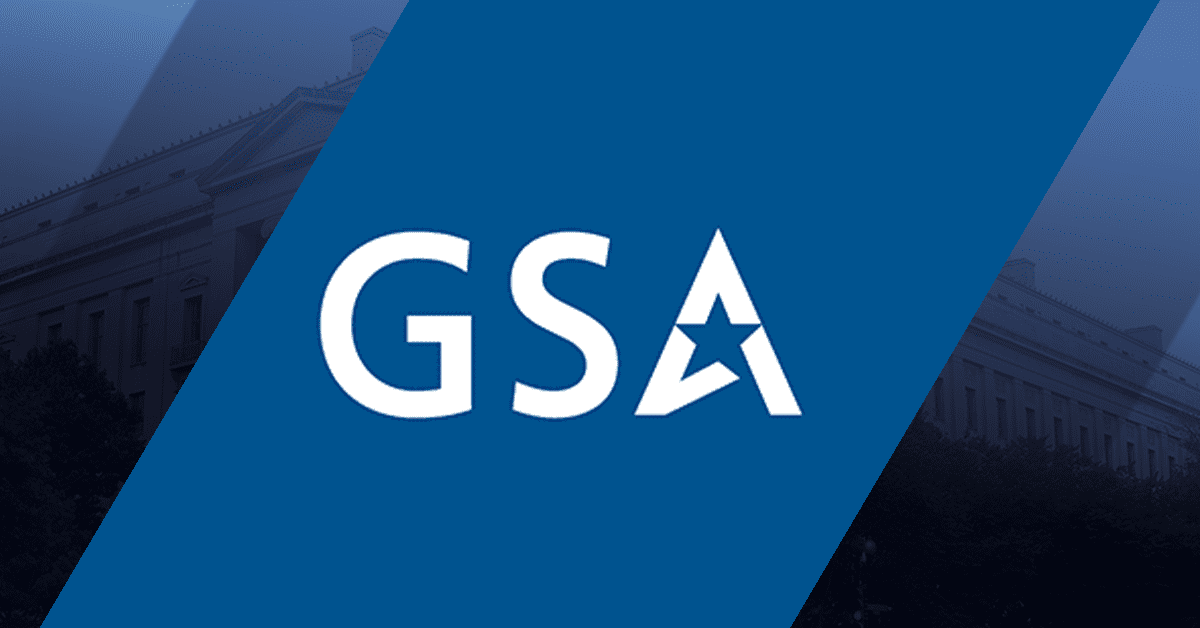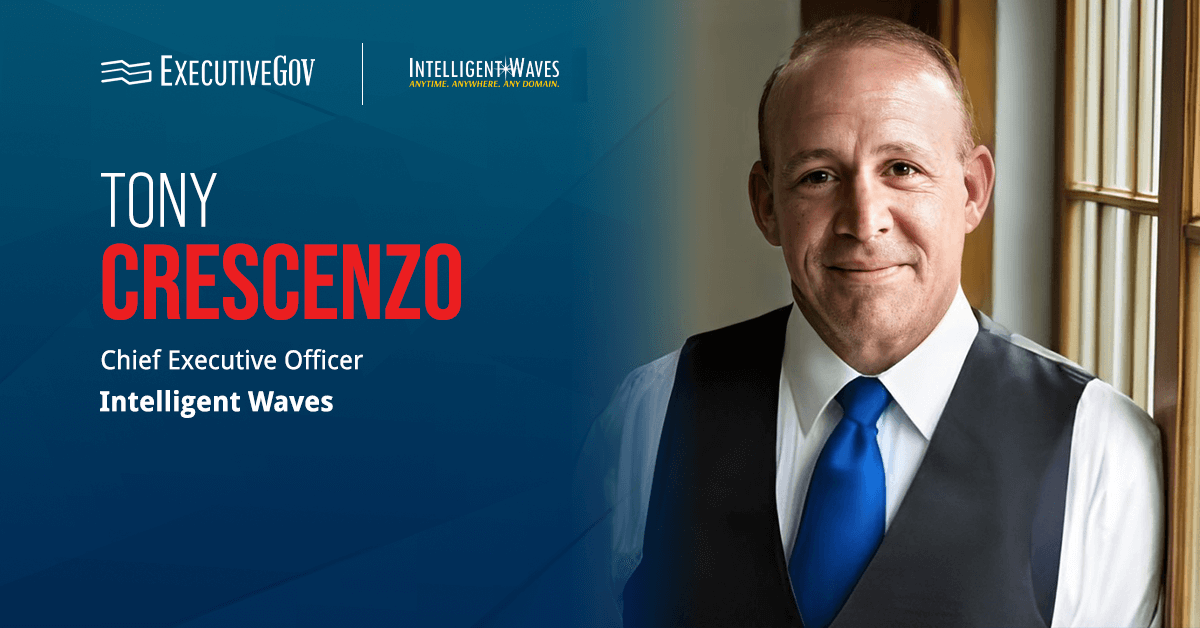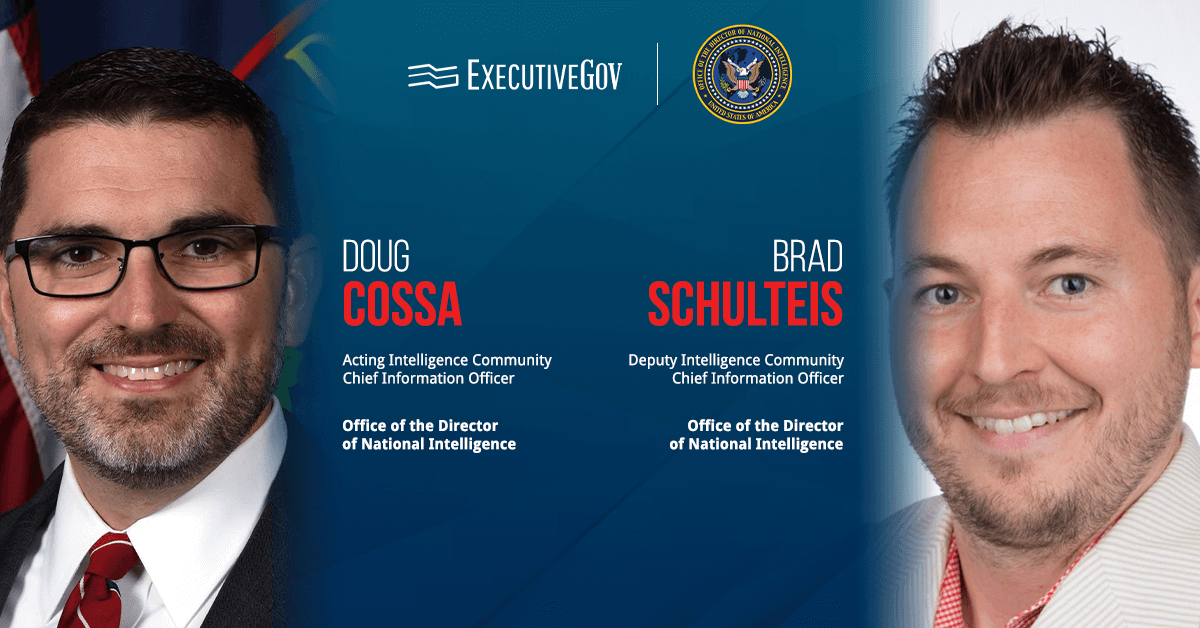The U.S. Navy has named its two newest Arleigh Burke-class guided-missile destroyers as the future USS Intrepid and USS Robert Kerrey.
DDG-145 is the fifth ship to be called Intrepid while DDG-146 was named after Joseph Robert Kerrey, a former senator, Nebraska governor and naval officer, the Navy said Saturday.
Navy Secretary Carlos Del Toro announced the vessels’ names during formal ceremonies held in New York and Washington. “One of the great privileges I have as Secretary of the Navy is to name ships,” according to the two-time Wash100 Award recipient.
Table of Contents
Honoring Naval Legacies and Heroes
The last Intrepid saw action from 1943 to 1974, serving during World War II and the Vietnam War and supporting NATO and NASA missions. The former aircraft carrier was decommissioned in 1974 and is preserved as a museum ship in New York City.
Meanwhile, DDG-146 will be honoring Kerrey, who lost his leg while serving as a Navy SEAL in Vietnam. For his heroic conduct, Kerrey received the Medal of Honor in 1970. He then served as the governor of Nebraska from 1983 to 1987 and as a U.S. senator from 1989 to 2001.
Navy’s Multi-Mission Ships
As part of the Arleigh Burke-class destroyers, the Intrepid and Robert Kerrey are built around the Aegis Combat System. The multi-mission ships are designed to conduct various operations and provide a wide range of warfighting capabilities in air, surface and subsurface domains.











